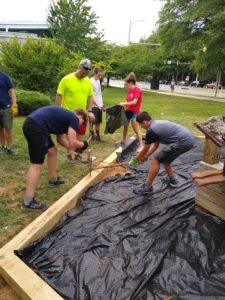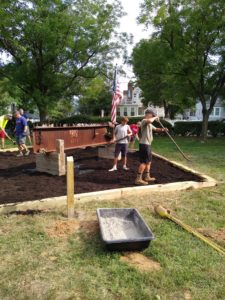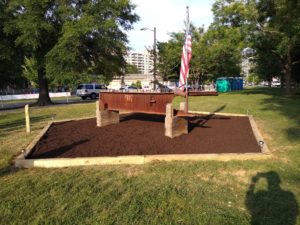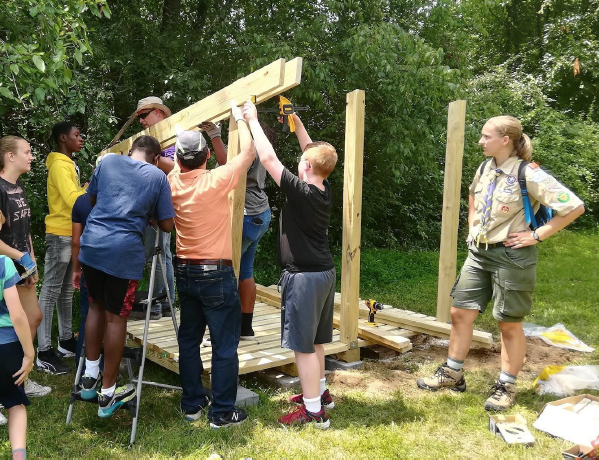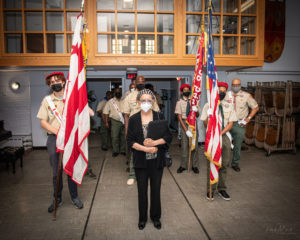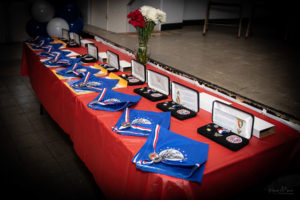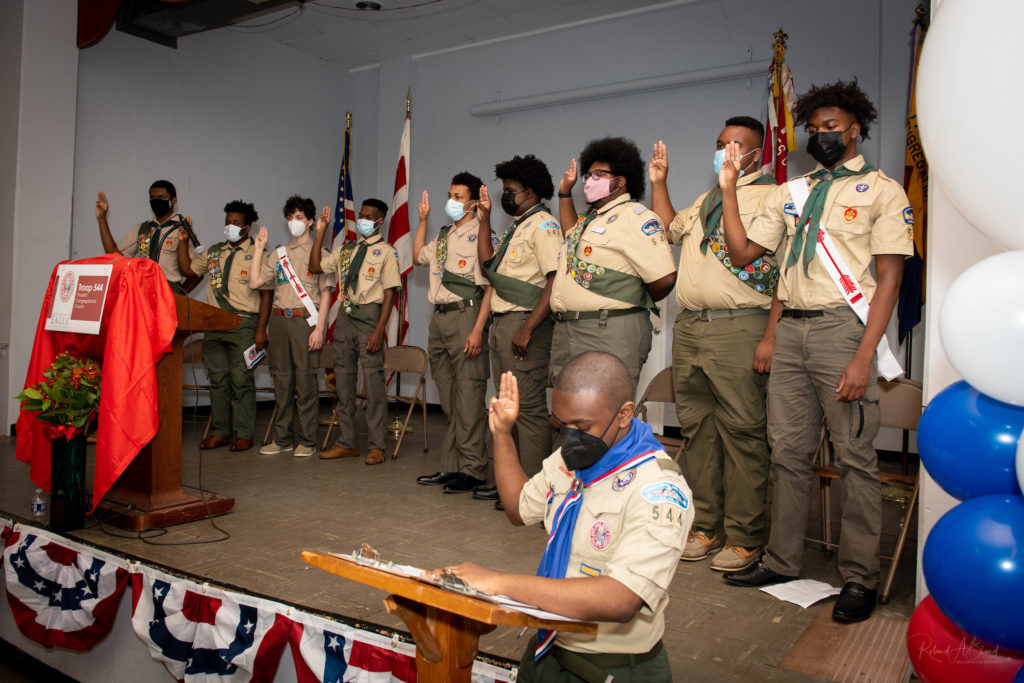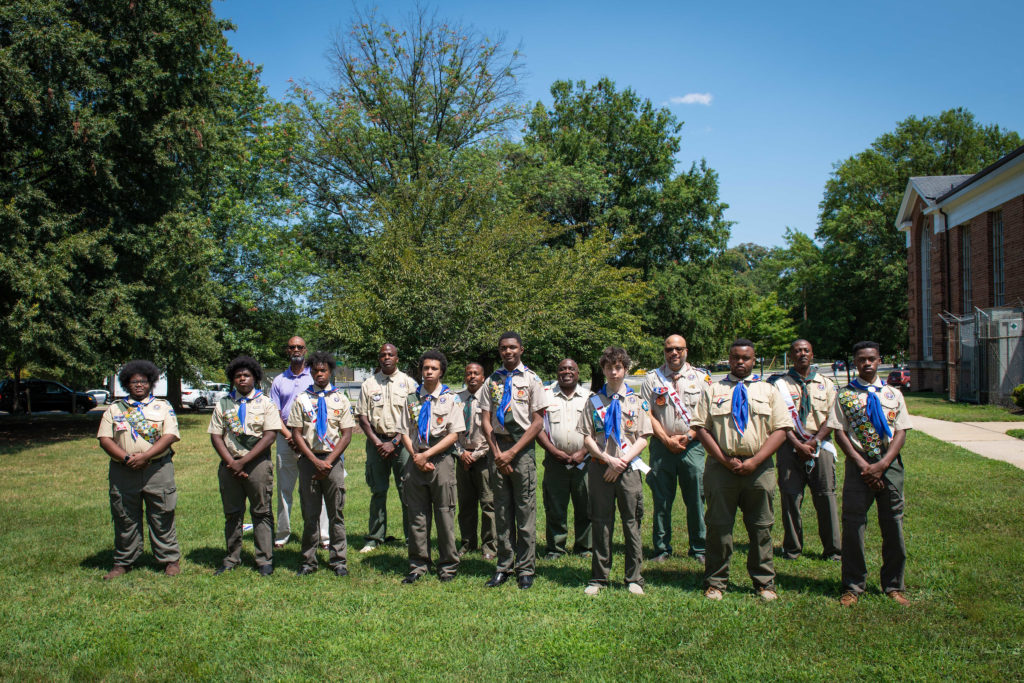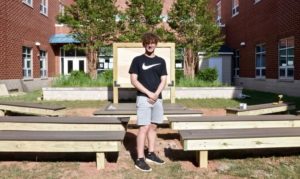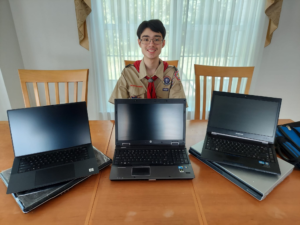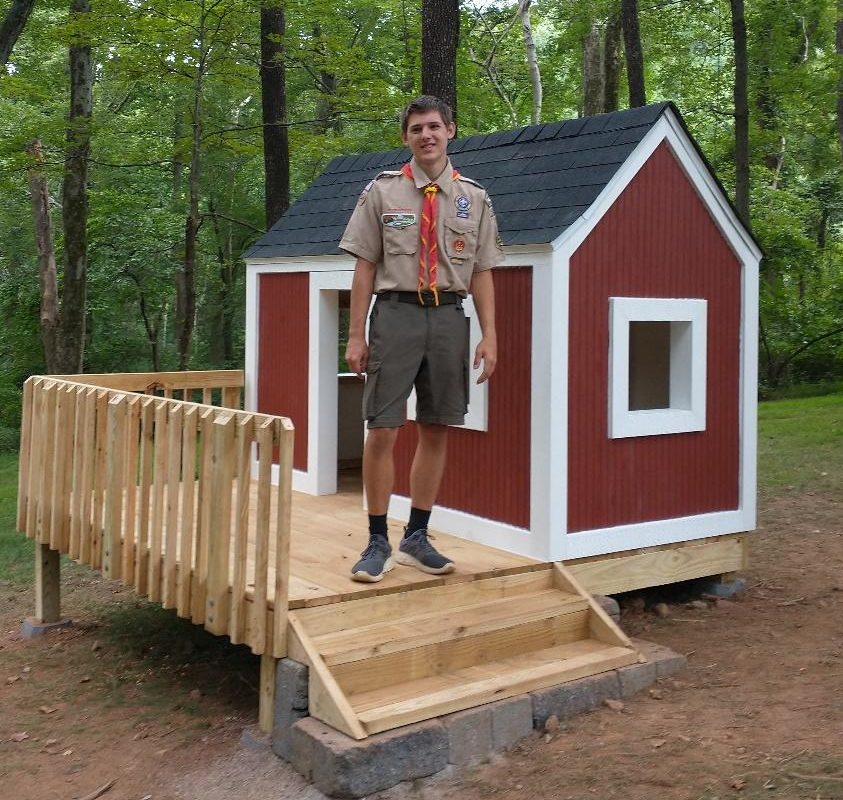
Ryan C. of Troop 1882 of Haymarket, Virginia, didn’t think he’d ever reach Life Scout, much less try for Eagle. Taking a “fun and laid-back” attitude towards Scouting, he was always more concerned with the journey and finding new experiences than rank. Yet, through some friendly pushing from his fellow Scouts, and the competitive realization that he would be the only non-Eagle of his five-man patrol, he triumphed. Now, after more than 230 hours of work spent learning, assembling, and budgeting, his Eagle Project is completed.
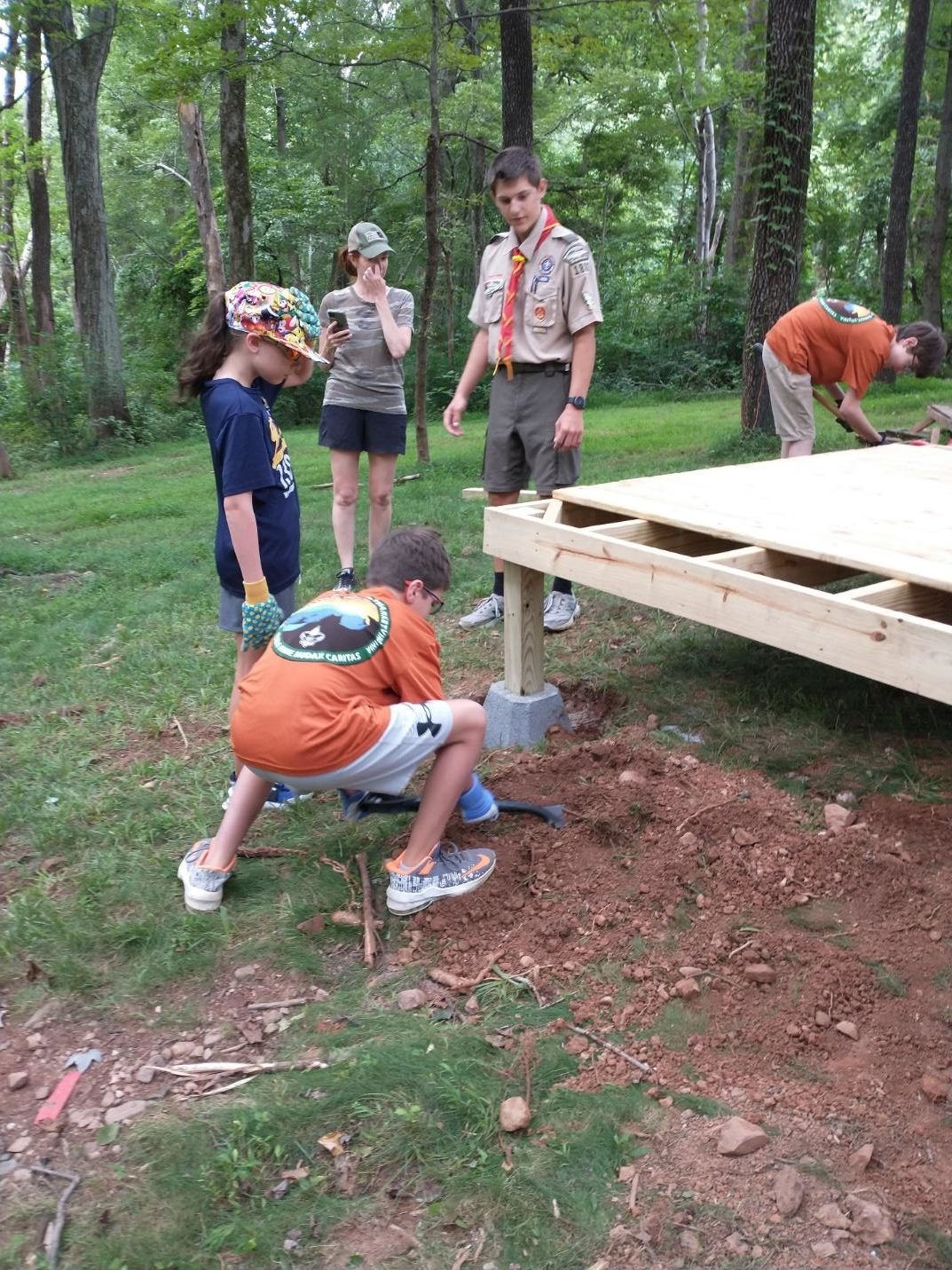
Prior to his project, Ryan had worked many summers as a sous chef for the Warrior Retreat at Bull Run, the leading program of the Willing Warriors organization, a group that offers vacations and reprieve for wounded or ill veterans. To honor these veterans and their families, Ryan dedicated his Eagle Project to replacing the old playhouse at the Retreat, itself a former Eagle Project, which had become run down with age. Seeking to make his own mark, Ryan planned to make the new playhouse larger and better than it had been before.
Larger isn’t easier, however, and Ryan soon found his greatest issues were logistics and finance. Ryan wanted to build the playhouse completely from scratch, avoiding things like kits, and required large amounts of lumber to fulfill his sought expansion. Even after thrifty budgeting, Ryan’s predicted expenses were around $1,200 dollars. Ryan called on his community for support, setting up a GoFundMe campaign that proved so successful he raised $500 beyond what he needed; this extra was donated to the Willing Warriors. With his lumber secure “the hard part” was done, allowing Ryan to begin constructing the shed.
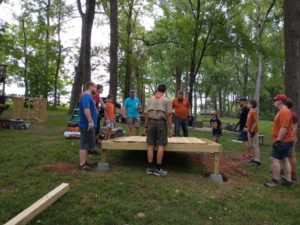
Over the course of two weeks, Ryan built a project he was truly proud of. The first week was spent building a skeleton for the new playhouse with his family, and the second was spent roofing, tiling, and filling it out with Scouts from his troop, “There’s obviously a great feeling of accomplishment as you’re building it and seeing it all come together. But the greatest feeling was when I went back to do my post meetings with the Eagle Coordinator. One of the best things she said was that, when they were walking there to review it, there were already muddy footprints. A veteran had arrived, and his toddlers went right to the playhouse. From the beginning, even before the paperwork was signed, people loved it.”
Looking forward, Ryan hopes to study Computer Science and Cyber Security at Virginia Tech, pursuing his interest in the sciences. As for advice to prospective Eagles and Scouts, Ryan said: “It’s never too late to start doing anything in Scouting, no matter how new it is to you or how long you’ve been doing it. It’s never too late to start your trek to Eagle, and you should always try new stuff and try new things. Don’t focus on ranks, but on making the most out of your Scouting experience… A lot of people think Eagle is just a rank, like a college degree that you just mount on the wall. But I know now that an Eagle Scout is really a name and placeholder for all the work that you’ve put in to become it. It’s not just a title, but the time and work that you’ve spent to attain it.”

